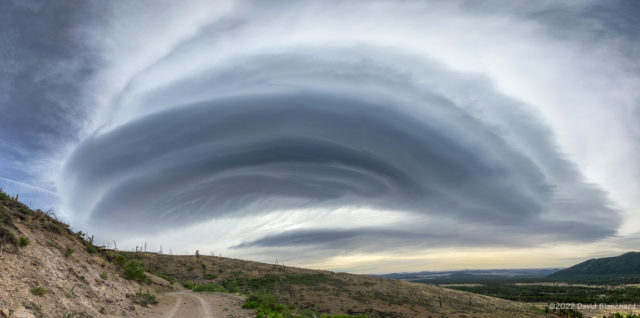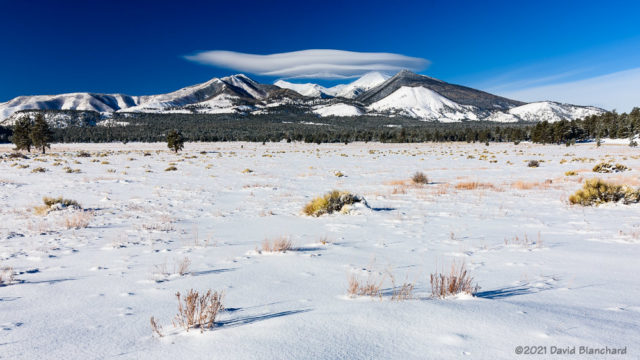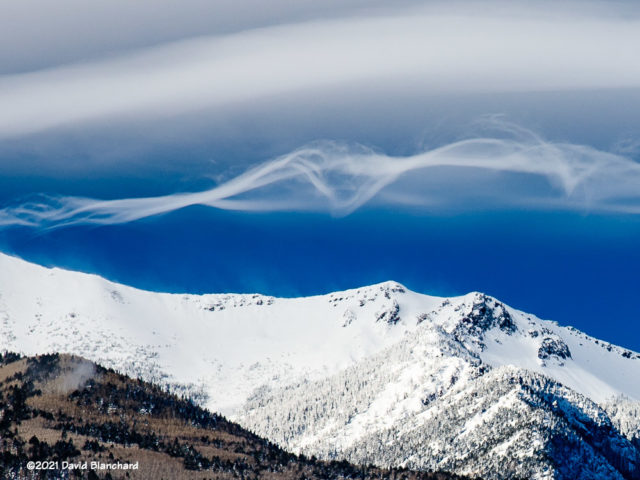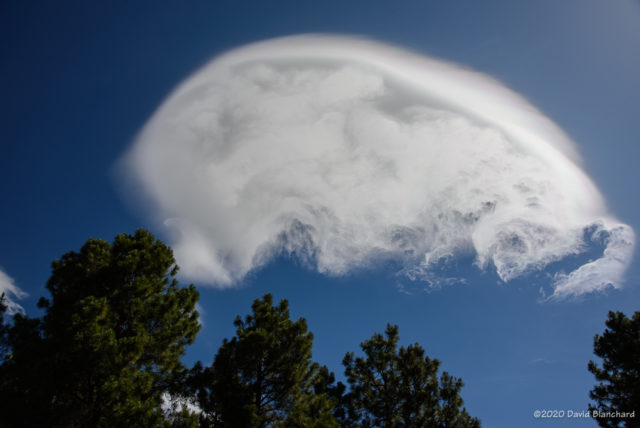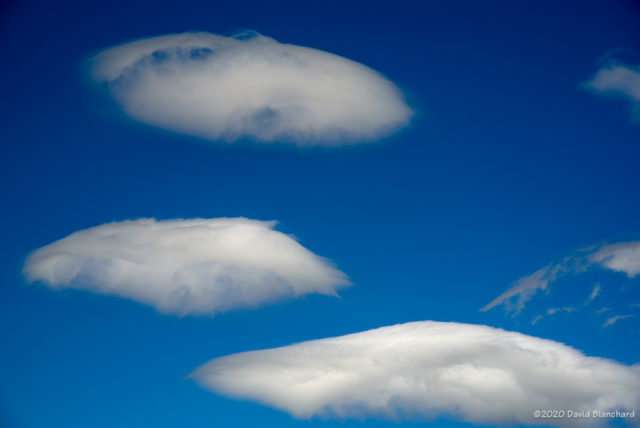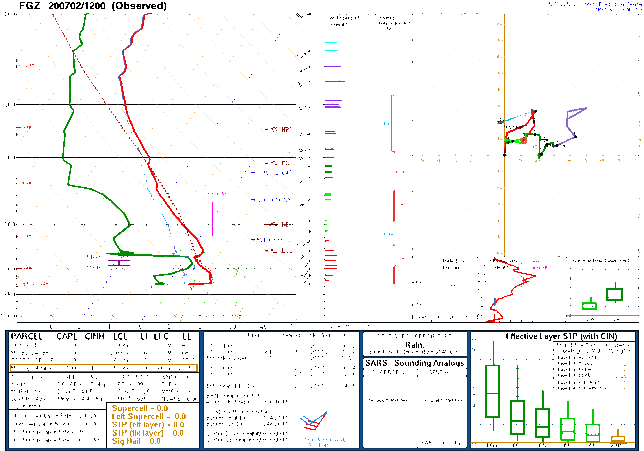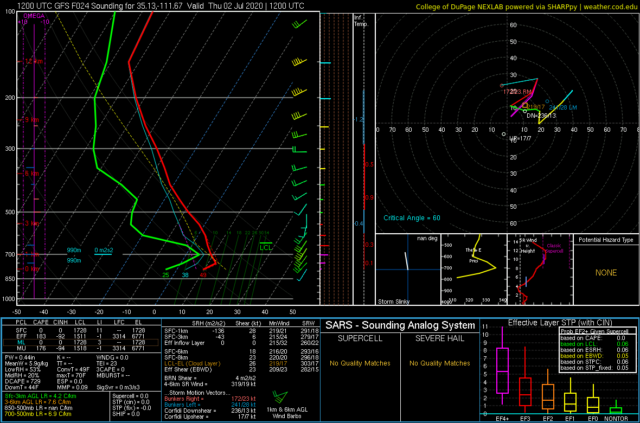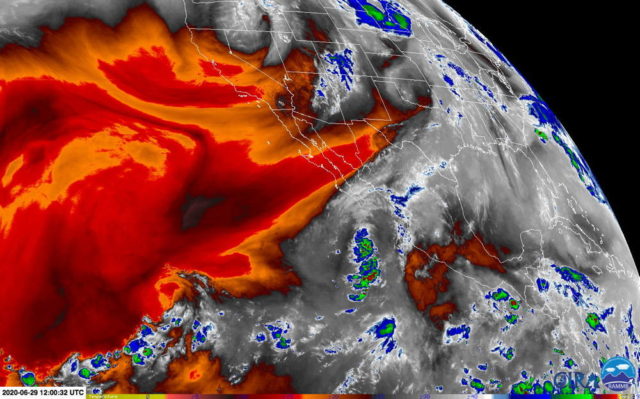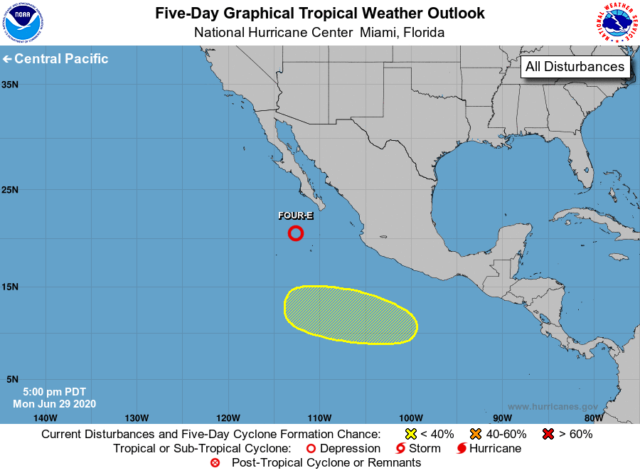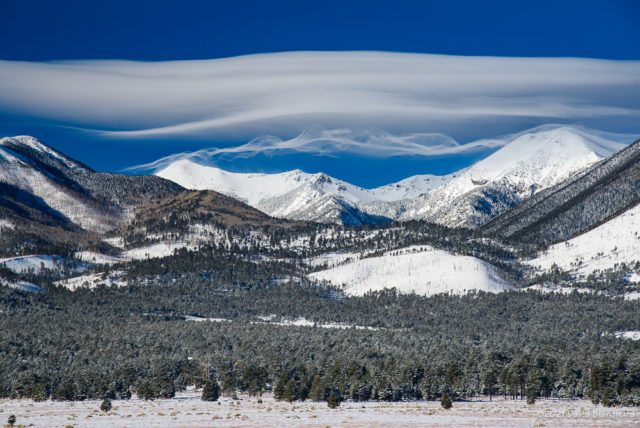
You would think that we have seen all the types of clouds—and named them—that can be seen. But the International Cloud Atlas added one new type (asperitas) in 2017 and is now may be asked to consider adding another—Supercilium. From the Royal Meteorological Society’s Weather journal:
‘Supercilium’ are short-lived cloud features, which appear in turbulent airflow over, and to the immediate lee of, steep mountain peaks during periods of strong mountain summit level winds.
I have seen and photographed this type of cloud several times over the years. My most recent photographs in January 2021 were posted to a weather discussion group in which several folks proposed some hypotheses on the nature and formation of these clouds. We did not reach a consensus or conclusion.
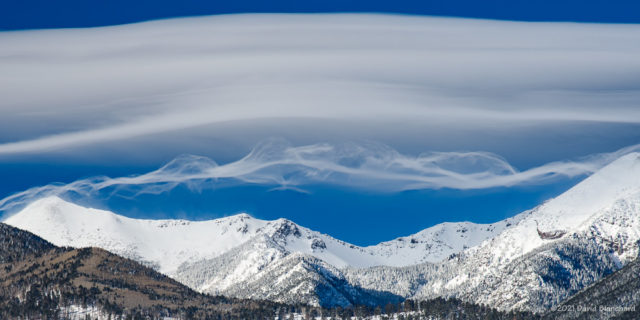
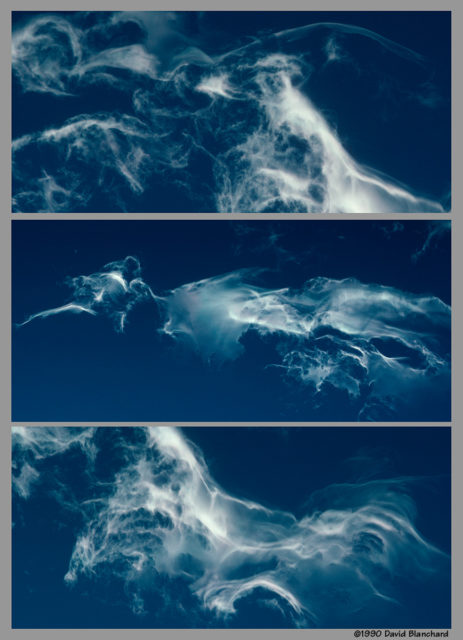
The Weather article proposes a name and description:
Proposed classification description
Supercilium: Short-lived, broken thin wisps of cloud, irregularly distributed, appearing to tumble and break in a turbulent way in airflow over, and to the immediate lee of, steep mountain peaks during periods of strong mountain summit level winds. Applies mainly to Altocumulus and Stratocumulus, possibly Cirrocumulus, sometimes coincident with the Duplicatus variety.
Nice to see that there will be a specific name applied to these very interesting clouds.
Edit: Fixed link to Weather journal.
